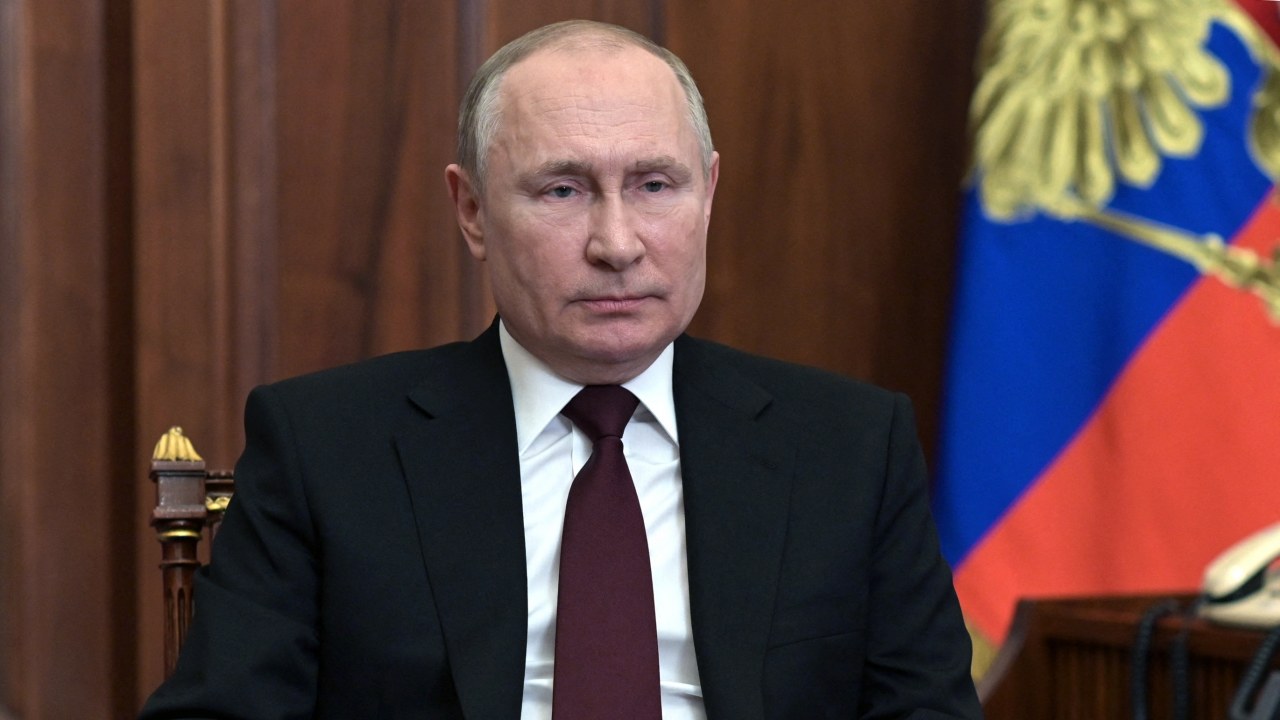
According to officials, the unmanned Luna-25 spacecraft from Russia lost control and plummeted into the Moon. It was the first Moon mission for Russia in nearly 50 years.
The mission, which was supposed to be the first to ever set foot on the Moon’s south pole, was unsuccessful because it ran into difficulties when it entered its pre-landing orbit.
It was designed to investigate a region of the moon that scientists believe may contain frozen water and priceless components.
On Sunday morning, Roscosmos, the Russian government’s space agency, reported losing touch with the Luna-25 just after 14:57 (11:57 GMT) on Saturday.
The 800kg lander “ceased to exist as a result of a collision with the surface of the Moon,” according to preliminary findings, the statement stated.
It promised an investigation into the mission’s failure by a special commission.
Roscosmos suffers a setback with the loss of Luna-25. Since the military is receiving more and more public funds, Russia’s civilian space program has been on the decline.
Russia was competing with India in a race to the south pole of the moon. India’s Chandrayaan-3 spacecraft is expected to land there soon and dispatch a rover to investigate the craters and rocks and collect data and photographs to relay back to Earth.

Also read: Chandrayaan-3 successfully entering moon’s orbit, sharing spectacular first images
The Luna-25 lander, launched by Russia for the first time since the 1970s into lunar orbit, was scheduled to touch down as soon as Monday.
According to Roscosmos, the government organization in charge of managing Russia’s space program, the spacecraft fired its engine at 2:10 p.m. on Saturday to enter an orbit that would prepare it for a lunar landing. However, a mysterious “emergency situation” took place.
Roscosmos said on Sunday that it had lost touch with the spacecraft 47 minutes after the engine firing had begun. Roscosmos said that Luna-25 had departed from its intended orbit and “ceased to exist as a result of a collision with the lunar surface” after attempts to re-establish contacts had been unsuccessful.
Russian solar system exploration has significantly decreased in recent years compared to its Soviet era peak.
When the Soviet Union was still whole, more than 35 years ago, the last unqualified success occurred. Vega 1 and Vega 2, two identical spacecraft, were launched six days apart.
A capsule containing a lander that successfully touched down on the hellish planet’s surface as well as a balloon that, when released, drifted through the atmosphere was dropped by each spaceship as it passed Venus six months later.
The two spacecraft then passed by Halley’s comet in March 1986 at a distance of around 5,000 miles, collecting photos and examining the dust and gas coming from the comet’s core.
Poor manufacture and insufficient testing are frequently found to be the root cause of missions being lost during orbital engine firings. These flaws led to the 2011 failure of Phobos-Grunt, Russia’s last significant robotic interplanetary probe.
Another element could be humiliating human error, such as the 1999 Martian atmospheric burnup of NASA’s Mars Climate Orbiter caused by a conversion error between metric and imperial values.
The failure of the mission could be a setback for President Vladimir V. Putin, who has based his hold on power in large part on Russian achievements in space.
Later Mars missions that were launched in 1988 and 1996 were unsuccessful.
The humiliating low point was Phobos-Grunt in 2011, which was designed to land on Phobos, the bigger of Mars’ two moons, and return rock and soil samples to Earth.
However, Phobos-Grunt was never able to leave the orbit of the Earth because the engines intended to propel it to Mars did not ignite. It disintegrated in the atmosphere of Earth a few months later.
An inquiry later showed that the financially challenged Russian space agency had cut corners in production and testing, utilizing electrical parts that had not been demonstrated to withstand the radiation and cold of space.

































































































































































































































































































































































































































































































































































































































































































































































































